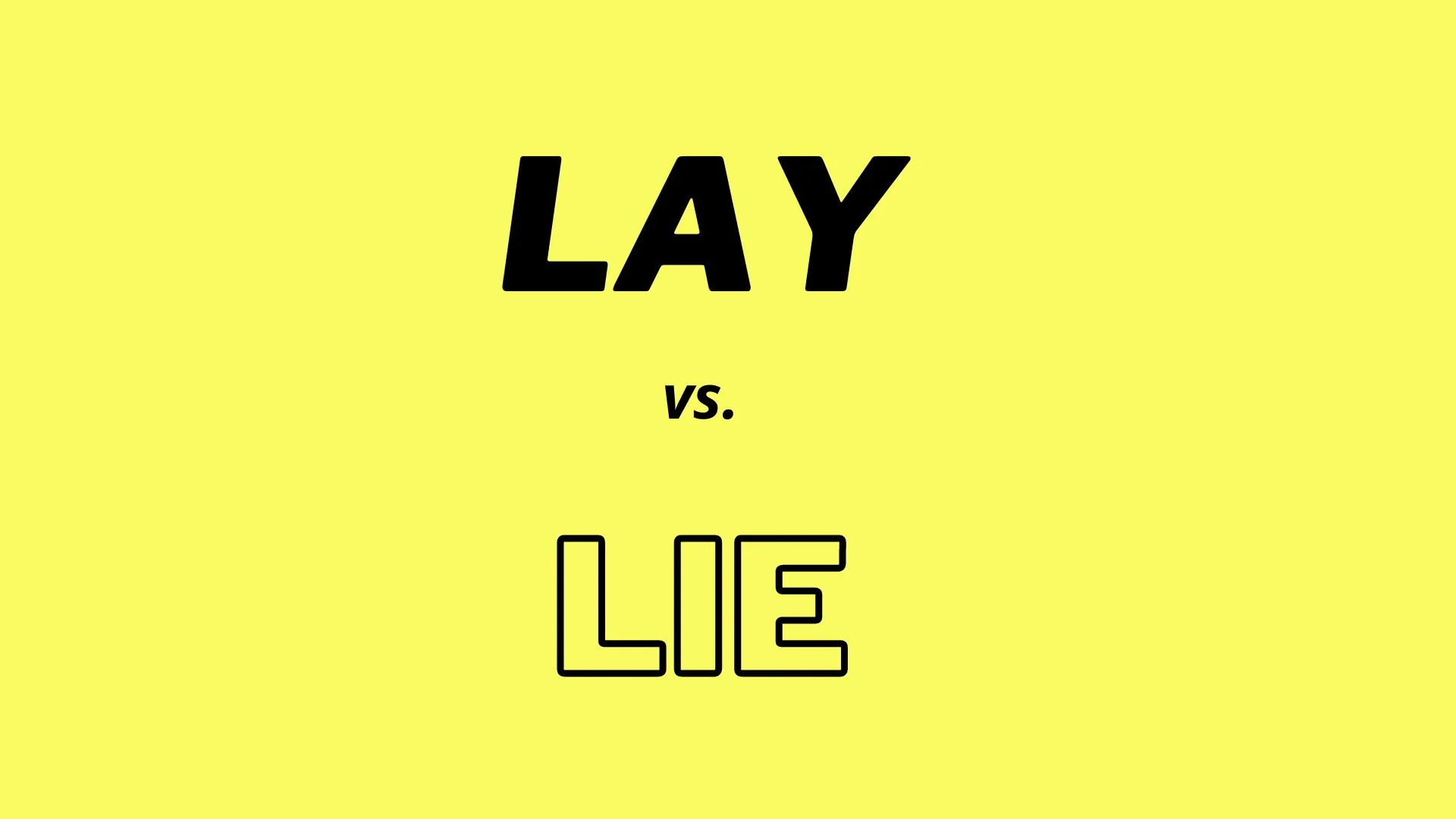

It's no secret that grammar can be tricky, and one of the most confusing concepts for English language learners is the difference between "lay" and "lie." These two words are often used interchangeably, but they mean something very different. This blog will help teachers and students understand the difference between these two words and how to use them correctly in writing.
The main difference between these two words is that "lay" is a transitive verb, meaning it requires an object to complete its meaning, while "lie" is an intransitive verb, meaning it does not need an object to complete its meaning. "Lay" is a verb that means to put something down. For example, a person can lay a book on a table or lay their keys on the counter. It's important to note that the verb's object (the book or the keys) must be specified for the sentence to make sense. "Lie," on the other hand, is a verb that means to recline or to rest in a horizontal position. For example, someone can lie on the couch or in bed. The verb's object is not specified because the sentence doesn't need to make sense.
|
Lay |
Lie |
|
A transitive verb that requires an object |
An intransitive verb that doesn't require an object |
|
Means to put something down |
Means reclining or resting in a horizontal position |
|
Example: They lay the food down. |
Example: It lies on the rug. |
Here are some examples of how to use "lay" in a sentence:
Note: "Laid" is the past tense of "lay."
Here are some examples of how to use "lie" in a sentence:
Note: "Lied" is the past tense of "lie."
In each sentence, the verb's object (the couch, the bed, the floor, and the sun) is not specified because it is not needed for the sentence to make sense.
Here is a quiz to test what was covered in this article.
| 1. I ___ down on the couch. |
A. lay B. lie |
|
2. She ___ her head on the pillow. |
A. lays B. lies |
|
3. He ___ the baby in the crib. |
A. lays B. lies |
Here are a few tips to keep in mind while learning:
Understanding the difference between "lay" and "lie" can seem daunting, but with the right resources and practice, anyone can master it. By following the tips outlined in this blog and using the advice listed above, every student and teacher can confidently use these two words in writing or teaching and sound like a native speaker in no time.
Date: February 9th, 2023
 Amber
Amber